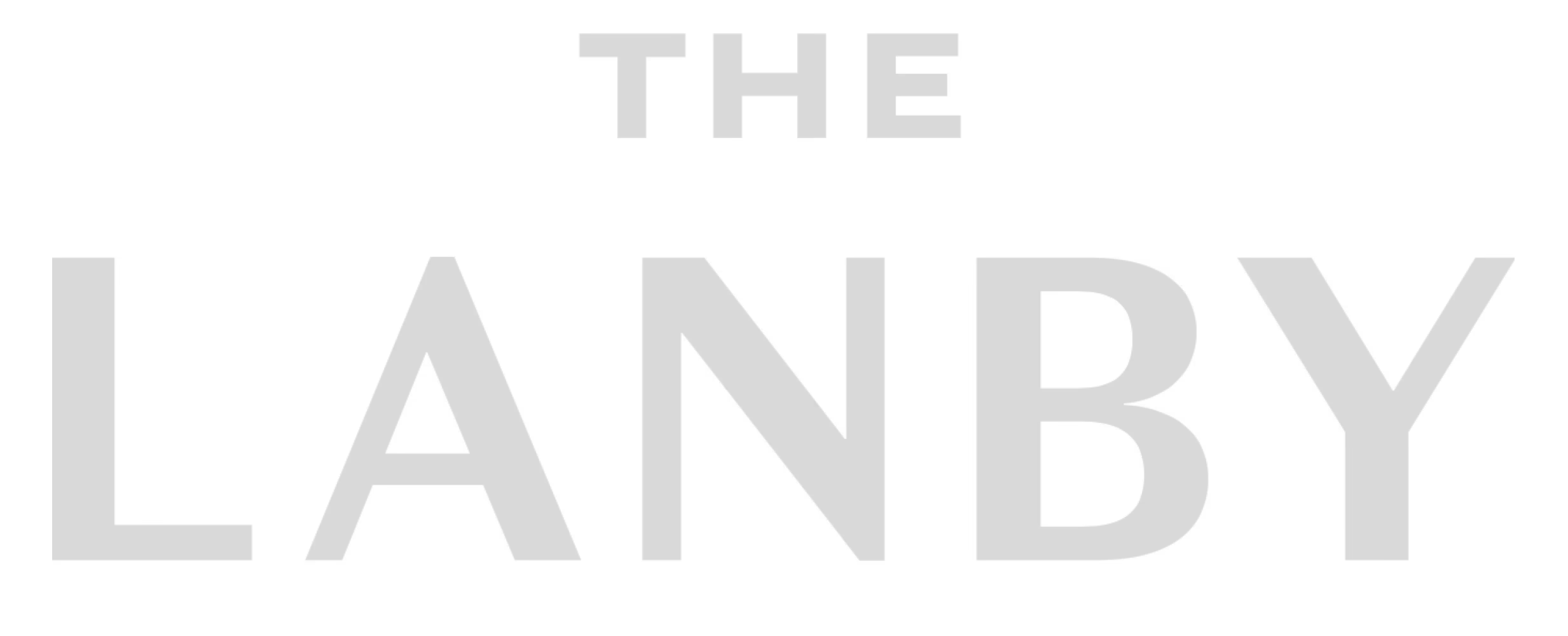The Agentic Digital Health Platform
Purpose-built to automate and scale healthcare data work across the enterprise using intelligent AI agents and a deeply integrated data fabric.

Built to Solve Healthcare Challenges
XCaliber helps healthcare organizations shift from fragmented tools to a unified platform that scales seamlessly across departments, systems, and use cases
Interoperability,
Integrations & Access
Data Mgmt,
Ops & Analytics
Care Team
Collaboration
Population Health Management
Digital
Front Door
Revenue Cycle
Management
Reimagining the Digital Workforce in Healthcare
Deploy agents across your stack, not just to automate tasks, but to enable a new era of collaboration between people, platforms, and intelligent infrastructure.
InterOp
Data Modeling
Data Products
Automation
Data Navigator
EHR Operator
Data Analytics
Data Visualization
Data Quality
EA Integrations
Deidentification
Synthetic
Prior Auth
Digital Intake
Care Navigation
Unique Skills of XC Agents
Let XCaliber agents compliment your data teams with unprecedented productivity and ROI
Instruction-Tuned
Intelligence
Manage
Hallucinations
Federated Data Access
& Governance
Workflow
& Rule Orchestration
Responsible
& Compliant AI
API & Natural
Language Interfaces
AgentX = Models + Knowledge + Data + Tools
Build, configure, deploy and scale your healthcare data workforce
In one seamless operating platform

Data Agents
XC Studio & Copilots
Models (SLM) & Tools
XC Panel & Copilots
Third-party & Custom Agents
Data & AgentX Infrastructure
Healthcare's Most Comprehensive Data Fabric
A single layer that connects, transforms, and brings together data from all sources so both developers and agents can access information through secure APIs and built-in governance.








Our Growing Two-Sided Network
A growing network of health systems connected via our customers









































